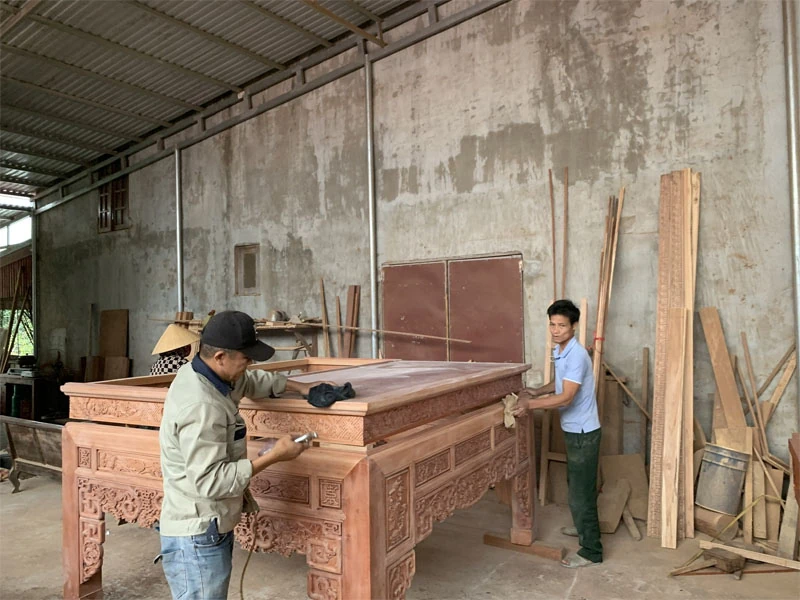
A carpentry production facility in Dat Tai village, Hoang Hoa commune.
Located in the middle of a fertile plain, Dat Tai carpentry village (Hoang Hoa commune) has long been famous throughout the region for the skillful hands and creative spirit of Thanh carpenters. From "inanimate" pieces of wood, through the hands of the craftsmen, tables and chairs, cabinets, horizontal lacquered boards, parallel sentences... become works that are both durable and sophisticated, imbued with the Vietnamese soul. Mr. Dang The Minh in Dat Tai 2 village - a veteran in the profession, shared: "This profession is not only a livelihood, but also a love and pride of many generations of people in the village".
Currently, Dat Tai carpentry village is developing strongly in 3 villages Dat Tai 1, Dat Tai 2 and Ha Thai, attracting about 180 households to participate, with a revenue of about 70 billion VND/year, bringing great production value to the locality. Many households have invested in modern technology such as carving machines, chisels, cutting machines, sanding machines... to help automate production stages, contributing to reducing costs and labor, but improving product quality.
Not stopping at the scale of craft villages, before implementing the 2-level local government model, Hoang Hoa district (old) issued the project "Developing Ha - Dat carpentry in the period of 2020-2025, oriented to 2030", with the goal of building a large-scale carpentry production area, becoming the carpentry center of the district and at the same time developing into a craft village tourist destination. The project planned 13.9 hectares of land bordering the two communes of Hoang Ha and Hoang Dat (old) to form a production and product display area, opening up a new direction of development for traditional crafts, bringing Thanh carpentry products further.
Secretary of the Hoang Hoa Commune Party Committee Le Thanh Hai said: “Developing carpentry is not only about preserving the profession, but also about preserving the culture - preserving the “soul” of the homeland. Therefore, the Party Committee and People's Committee of the commune are coordinating with local enterprises, cooperatives and artisans to both develop production and preserve the quintessence of traditional carpentry, contributing to creating jobs and improving people's lives.”
Currently, many localities in the province are also promoting the strengths of traditional craft villages to promote the development of the handicraft industry. According to the Department of Industry and Trade, there are currently 125 craft villages in operation in the province, including 85 traditional craft villages and 40 new craft villages, creating jobs for about 70,000 workers. Many craft villages have become "pillars" of the rural economy . Typically, the sedge mat weaving group has 30 craft villages, concentrated in localities such as Nga Son, Nong Cong, Quang Xuong (old), creating jobs for about 7,000 workers. The bamboo and rattan weaving group has 25 craft villages in Hoang Hoa, Tho Xuan, Cam Thuy (old), attracting 3,000 workers. The carpentry group has 7 craft villages, creating jobs for 2,000 workers. The forging and bronze casting group has 5 craft villages in Hau Loc, Thieu Hoa (old)...
In recent years, Thanh Hoa province has synchronously implemented many policies to preserve and develop the handicraft industry, including effectively implementing Decision No. 4182/QD-UBND of the Provincial People's Committee on approving the implementation plan of Decision No. 801/QD-TTg dated July 7, 2022 of the Prime Minister approving the "Program for preserving and developing Vietnamese craft villages for the period 2021-2030" in Thanh Hoa province. In addition, Resolution No. 121/2021/NQ-HDND dated October 11, 2021 of the Provincial People's Council has also created an important "push", encouraging the development of industry - handicraft industry for the period 2022-2026. Accordingly, industrial clusters and craft village clusters are supported with infrastructure investment funding, with a level of 1 to 1.5 billion VND/ha for mountainous localities in the 30a area; 0.7 billion VND/ha for the remaining mountainous areas; 0.5 billion VND/ha for the plain and coastal areas. The maximum support level is from 10 to 20 billion VND/industrial cluster, helping to create favorable conditions for enterprises and cooperatives to invest in machinery, innovate technology, expand production scale...
The above policies, along with the spirit of innovation and creativity of the people, are contributing to the revival of many traditional occupations and modern handicraft industries associated with the production and consumption value chain, creating a strong shift in the rural economic structure.
It can be affirmed that the methodical steps, linking tradition and modernity, production and market, are helping the handicraft sector become a driving force for sustainable development. From Dat Tai carpentry village to mat weaving workshops, forest product processing facilities..., all are working together to create a new look for Thanh Hoa's countryside - where each working hand not only makes products, but also breathes life into change. That is also a practical way to realize the goals of the Resolution of the 20th Thanh Hoa Provincial Party Congress, term 2025-2030.
Article and photos: Gia Bao
Source: https://baothanhhoa.vn/phat-trien-nganh-nghe-tieu-thu-cong-nghiep-nbsp-de-da-dang-sinh-ke-nong-thon-269619.htm










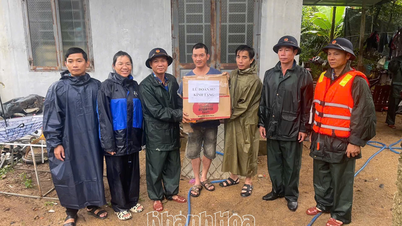
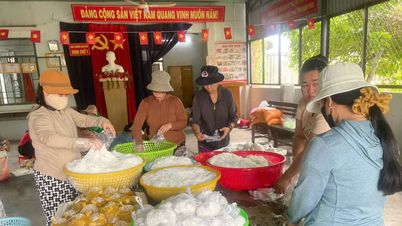









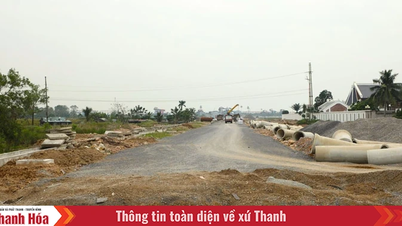


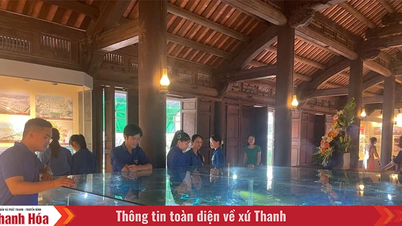

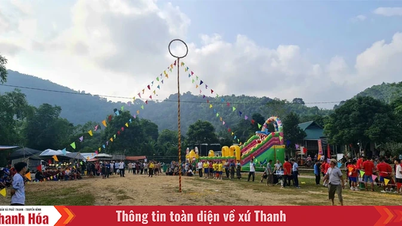

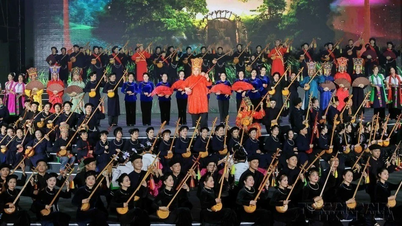





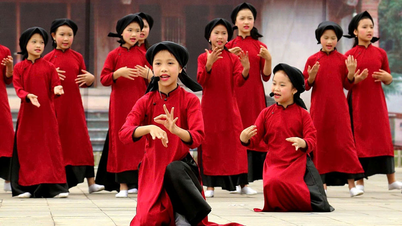




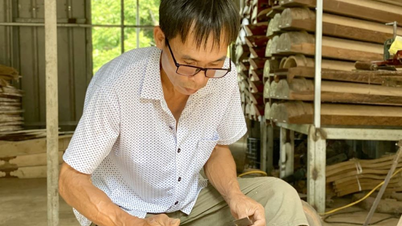







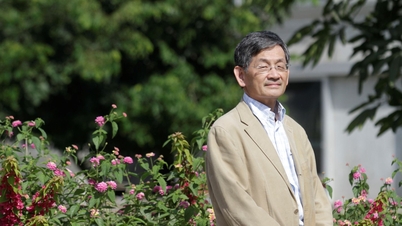




























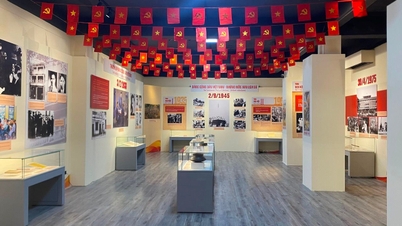



















Comment (0)